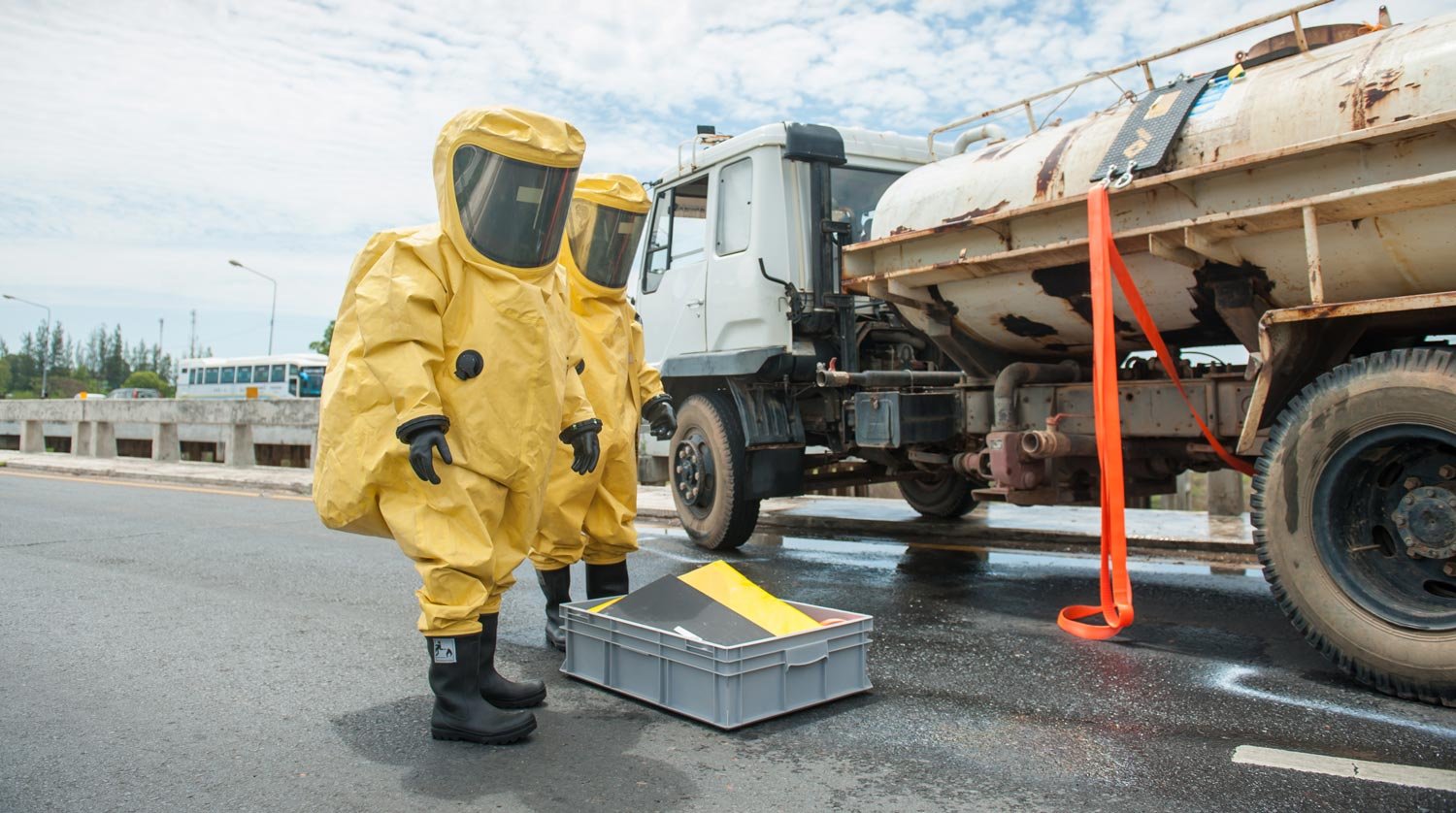What Steps Will an Emergency Vehicle Decontamination Service to Ensure All Hazards are Removed?

What Steps Will an Emergency Vehicle Decontamination Service to Ensure All Hazards are Removed?
Ambulances and other forms of emergency vehicles are collection points for all sorts of contamination. In order to protect patients as well as those who are providing care on route to a hospital or similar facility, it’s important for the vehicles to be decontaminated after each trip. How would an emergency vehicle decontamination service aid in this endeavor? Here are some of the basics that the service personnel would perform.
The Work Begins With the Ceiling
It’s not enough to clean and disinfect surfaces that the patient may have touched. There’s also the issue of indirect contamination to consider. Droplets that are exhaled due to sneezing, coughing, or even talking loudly can spread everywhere.
With that in mind, it’s no surprise that a professional cleaning team will begin with the ceiling and often work their way downward. If any droplets were able to reach the ceiling, they could cause problems later on. Sanitizing the ceiling as well as the walls and floor reduce the risk to anyone who enters the vehicle after a run.
Removal of Used PPE
All sorts of PPE may be used during the course of responding to a call and transporting a patient to some sort of care facility. This includes gloves, masks, paper gowns, and head coverings. Once the patient is delivered, it’s time to responsibly dispose of the used PPE. Many biohazard services can take care of that for the EMS team.
All Used Linens or Stretcher Coverings are Changed
The emergency vehicle decontamination service also removes any linens that are used during a run. This can include linens that are placed over the stretcher, blankets used to keep the patient comfortable, and any coverings placed on pillows to prevent direct contact. If there’s any leakage of body fluids, those linens as well as protective coverings for the stretchers or pillows must be removed and replaced.
Remember that this involves more than linens and other coverings that can be laundered. If the vehicle includes the use of paper to cover stretchers or tables, it must also be removed from the vehicle and disposed of in a responsible manner.
Every Surface is Sanitized
Nothing is left to chance when it comes to cleaning the interior. Along with everything that came into direct contact with the patient, other items that were not tucked away in cabinetry or sealed must also be sanitized. The goal is to ensure that any airborne contaminates that could have settled on those surfaces are removed. Doing so helps to ensure the next patient is not exposed to any hazards left from the last run.
Even the protective gear used while sanitizing all surfaces must be discarded after the work is done. This ensures any lingering contaminants found on the disposable gloves, masks, and other gear is not reintroduced into the vehicle.
Disinfecting and sanitizing the interiors of emergency vehicles has always been important, but it has taken on additional significance in an era of COVID-19. Along with the efforts of the EMS team, professional support from biohazard cleaners can help reduce the risk to patients and medical personnel alike.
- Decontamination Service
- Emergency Vehicle
- emergency vehicle decontamination service
- Ensure All Hazards
- Removal of Used PPE
- Work Begins With the Ceiling

How to Maintain a Rotary Vane Air Compressor

Pet Hospital Logo Design Samples

Top 2 Luxury Real Estate Logo Design

How to Maintain a Rotary Vane Air Compressor

Pet Hospital Logo Design Samples

Real Estate Social Media Post Design


